Quick Ratio: A Liquidity Metric for Small Businesses
Counto
APRIL 23, 2024
Quick Ratio: A Liquidity Metric for Small Businesses For small business owners, mastering financial metrics is crucial, and the Quick Ratio is an essential tool. The quick ratio measures a company’s ability to access enough liquid assets to cover its current liabilities. in quick assets to cover them.


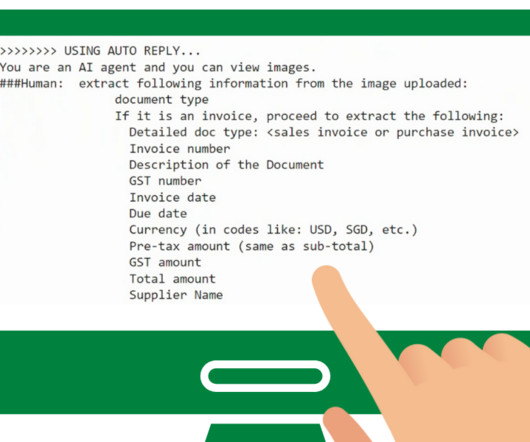




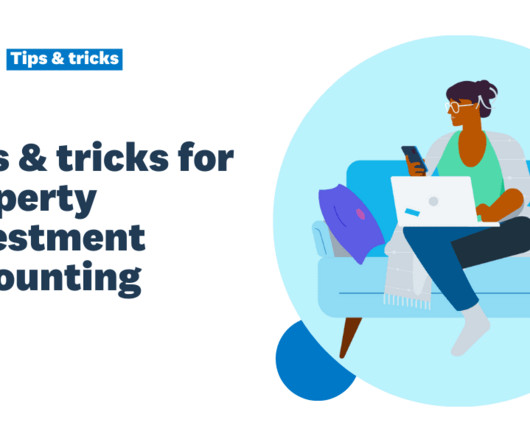












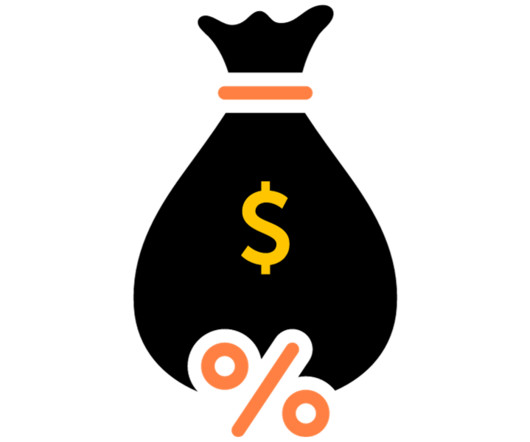





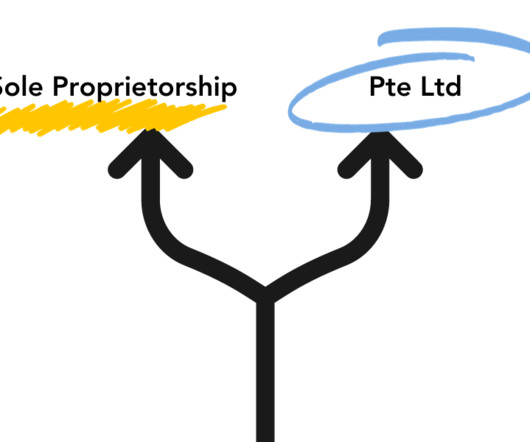






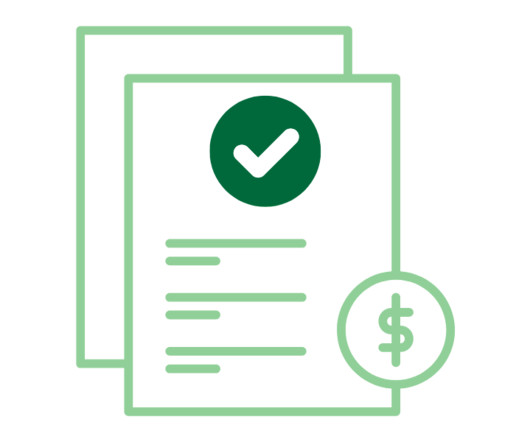









Let's personalize your content